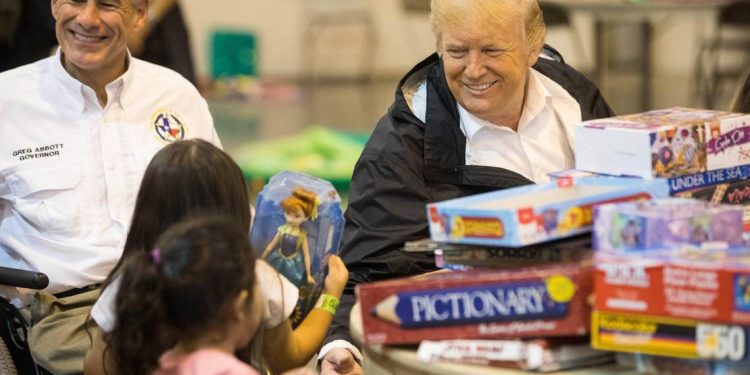Donald Trump will begin his second term in January, joined by a Republican-led Congress. The impact on child care, health care, and taxes is uncertain, but proposals and past policies offer some insight.
Child Care
The nation’s child care crisis remains a pressing issue for families and a political talking point. During a September Q&A, Trump gave an ambiguous response on prioritizing affordable child care legislation, stating it’s essential. His running mate, JD Vance, suggested families rely on relatives to cut costs, although this approach has limitations for many households.
Kim Kofron of the nonprofit Children at Risk highlighted the need for flexible, holistic solutions. She praised previous funding increases to the Child Care and Development Block Grant under Trump but emphasized the importance of ongoing advocacy to ensure sufficient support for low-income families.
Trump’s administration had introduced the “White House Principles for Child Care Reform” in 2019, focusing on increasing provider availability, encouraging employer-based child care benefits, and addressing workforce shortages. Sarah Rittling, of the First Five Years Fund, expressed hope that these efforts, combined with budget and tax updates, could expand access. Proposals like enhancing the child and dependent care tax credit or the employer-provided child care credit could foster private sector involvement and help families afford care.
Medicaid
Proposed Medicaid cuts could significantly affect millions, said Edwin Park of Georgetown University’s Center for Children and Families. These cuts, outlined in Republican budget plans and Project 2025, suggest shifting to block grants or per capita caps, reducing federal contributions regardless of actual state costs.
States reliant on provider taxes to fund Medicaid may struggle further if these revenue sources are restricted. Park noted Medicaid’s importance, covering 4 in 10 children, over 60% of nursing home residents, and children with special health care needs. Adriana Kohler from Texans Care for Children echoed concerns, warning that Texas’ vulnerable populations would bear the brunt of these cuts.
Project 2025 also proposes eliminating programs like Head Start, which supports low-income families with early childhood services. Though Trump denies direct involvement with the plan, its authors include former administration officials.
The Family Unit
Vance advocates for increasing the Child Tax Credit to $5,000 per child, a move that would benefit middle- and low-income families but at a high cost to the federal government. Conservative family values, including promoting traditional two-parent households, have been central to Vance’s platform.
Andrew Brown of the Texas Public Policy Foundation welcomed this focus, citing research showing children in stable, two-parent families fare better across various metrics. However, Dirk Doebler, CEO of a parental leave insurance company, warned of potential setbacks, such as reinforcing outdated gender roles that pressure fathers into sole breadwinner roles and reduce caregiving involvement.
Doebler also pointed out the lack of discussion on expanding paid parental leave, despite Trump’s 2019 approval of 12 weeks for federal employees. He doubted significant progress under the current administration, predicting budget cuts to family-focused programs instead.
As Trump’s second term begins, families and policymakers alike will watch closely to see how child care, Medicaid, and family-related policies evolve under the administration’s direction.
Also Read:
- Pasadena Councilwoman Arrested on Drug Possession Charges
- Shocking Family Tragedy: Dickinson Man Sentenced to 60 Years for Shooting Son and Daughter-in-law

